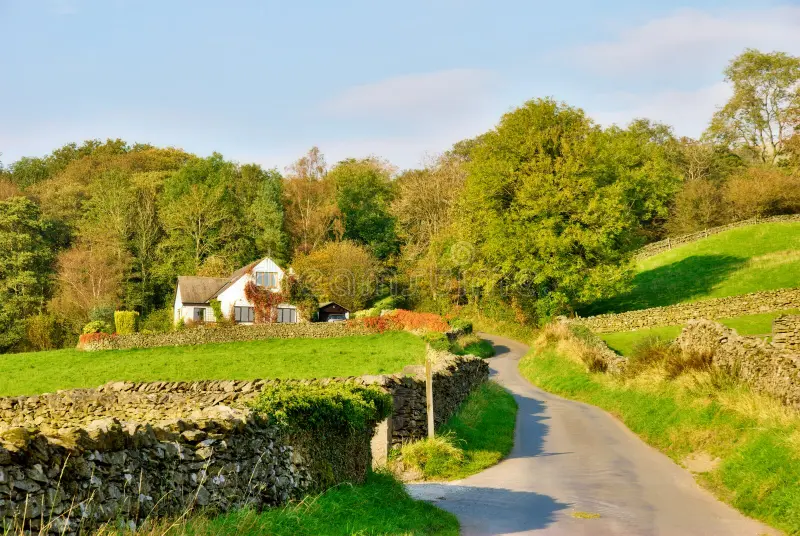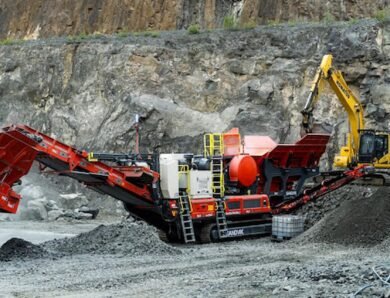
Designing Landscapes that Boost Property and Community Value
Landscape planning is an art as much as it is a science. It is about seeing beyond the present moment and imagining how a space will evolve over the years – how plants will mature, how people will interact with the environment, and how the balance between nature and human use can be preserved. In an age of climate awareness, this planning is no longer just about aesthetics; it’s about creating landscapes that work with nature to support ecological health and community wellbeing.
The essence of landscape planning excellence lies in combining practical strategy with creative vision. An understanding of local conditions, sustainability goals, and the cultural value of green spaces guides every design decision from plant selection to pathway layout. When these elements come together, the result is more than just beautiful scenery; it’s a living, breathing environment that benefits both people and wildlife.
The Growing Importance of Green Design
As towns and cities expand, the need for thoughtful green spaces has become more urgent. Landscape Planning Consultants, such as those at Artemis.uk.net, create well-planned landscapes that help counter urban heat, improve air quality, and manage stormwater naturally. They also give people essential contact with nature, something that’s increasingly recognised as vital for mental health and community cohesion.
Green design is not just about adding trees or grass to a site. It’s about understanding the unique ecological character of a place and enhancing it through careful planning. This could mean introducing native plants that support pollinators, shaping landforms to encourage water retention, or incorporating natural habitats into urban developments.
Balancing Function and Beauty
The most successful landscapes are those that strike a balance between utility and aesthetics. A city park, for example, needs open lawns for recreation, but it can also incorporate wildflower meadows, shaded seating areas, and habitat zones for wildlife. In rural settings, pathways, viewpoints, and planting schemes can be arranged to highlight the natural beauty of the land while still serving practical purposes like erosion control or crop protection.
The principle is simple: functional spaces can still be beautiful, and beautiful spaces can still serve a purpose. This philosophy is central to landscape planning excellence.
Planning with the Future in Mind
Landscape planners work with a long-term perspective. A garden may look perfect in its first year, but the real measure of success is how it matures over decades. Trees need space to grow without crowding each other. Paths and seating areas must be durable enough to withstand heavy use. Water features must be designed to remain clean and functional over time.
This forward thinking is especially important in the face of climate change. Drought-resistant plants, permeable surfaces, and shaded areas are now integral to designs that will remain resilient in changing conditions. Planners are also increasingly incorporating features that support biodiversity – from bat boxes to pollinator-friendly planting.
Ecology as a Core Design Element
Modern landscape planning treats ecology as a central consideration, not an afterthought. This means looking at the existing flora and fauna, understanding how they interact, and designing spaces that enhance those natural relationships.
In practice, this could involve creating green corridors that link fragmented habitats, restoring wetlands to support birdlife, or using native planting to strengthen local ecosystems. It’s about ensuring that landscapes contribute positively to the natural environment rather than simply taking from it.
Cultural and Social Connections
Great landscapes don’t just work with nature – they also reflect the identity of the people who use them. Whether it’s a public square, a community garden, or a restored historic estate, the design should tell a story. Local materials, regionally significant plant species, and traditional design elements can all help create spaces that feel authentic and meaningful.
These connections also foster a sense of ownership and pride among communities, encouraging people to care for and maintain the landscapes they enjoy.
Collaboration in the Planning Process
Landscape planning excellence is rarely the work of one individual. It requires collaboration between designers, ecologists, engineers, local authorities, and the communities themselves. This multidisciplinary approach ensures that projects are not only technically sound but also socially relevant and environmentally responsible.
By involving local voices early in the process, planners can design spaces that meet real needs while also encouraging long-term stewardship.
A Modern Vision for Landscape Excellence
Today’s most inspiring landscapes share common qualities: they are sustainable, inclusive, and adaptable. They offer beauty in every season, provide spaces for relaxation and recreation, and strengthen the natural systems that support life.
Projects like those you might explore at Artemis.uk.net demonstrate how landscape planning can achieve these goals. They show that it is possible to respect the environment, meet human needs, and create something visually striking – all in the same space.
This is the future of landscape design: one that honours the land, supports biodiversity, and enriches the lives of those who experience it.
Final Thoughts
Building green and building beautiful are not separate ambitions – they are two sides of the same coin. A well-planned landscape is more than just a backdrop; it’s a living system that supports health, happiness, and environmental resilience.
Landscape planning excellence requires vision, patience, and a deep respect for nature. By weaving together ecological insight, cultural understanding, and creative design, we can create spaces that will inspire and sustain for generations to come.





No Comment